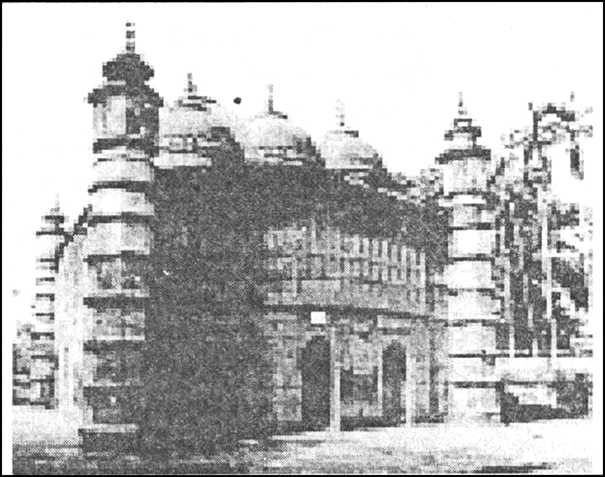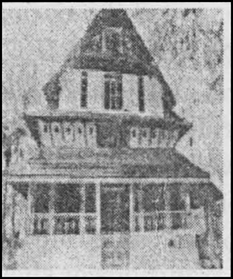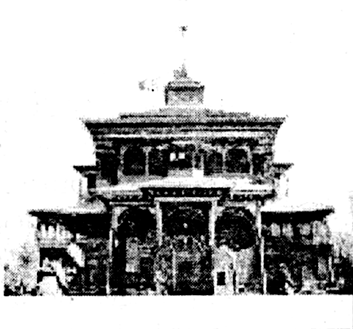Sponsor Area
Bhakti-Sufi Traditions
To what extent do you think the architecture of mosques in the subcontinent reflects a combination of universal ideals and local traditions?
Reflection of combination of universal ideals and local traditions in the architecture of mosques:
(i) The complex blend of a universal faith with local traditions is perhaps best exemplified in the architecture of mosques. Some architectural features of mosques are universal - such as their orientation towards Mecca, evident in the placement of the mihrab (prayer niche) and the minbar (pulpit). However, there are several features that show variations - such as roofs and building materials.

Atiya Mosque, Mymensingh district, Bangladesh, built with brick in 1609

A mosque in Kerala, c. thirteenth century (Note the shikhara-like roof)

The Shah Hamadan Mosque built in 1395 in Srinagar (Kashmir).
(ii) For Example, a mosque was built in Kerala in the 13th century. Its roof resembled the Shikhar of the temple. Centrary to it, the roof of Atia Mosque in Bangladesh is round. The Atia Mosque was made of bricks. However the Kashmiri wood has been used in Shah Hamdan Mosque built in Srinagar.
Some More Questions From Bhakti-Sufi Traditions Chapter
What were the similarities and differences between the be-sharia and 6a-sharia sufi traditions?
Discuss the ways in which the Alvars, Nayanars and Virashaivas expressed critiques of the caste system.
Describe the major teachings of either Kabir or Baba Guru Nanak, and the ways in which these have been transmitted.
Discuss the major beliefs and practices that characterised Sufism.
Examine how and why rulers tried to establish connections with the traditions of the Nayanars and the Sufis.
Analyse, with illustrations, why Bhaktland Sufi thinkers adopted a variety of languages in which to express their opinions.
Read any five of the sources included in this chapter and discuss the social and religious ideas that are expressed in them.
On an outline map of India, plot three major sufi shrines, and three places associated with temples (one each of a form of Vishnu, Shiva and the goddess).
Choose any two of the religious teachers/thinkers/saints mentioned in this chapter, and find out more about their lives and teachings. Prepare a report
about the area and the times in which they lived their major ideas, how we know about them, and why you think they are important.
about the area and the times in which they lived their major ideas, how we know about them, and why you think they are important.
Find out more about practices of pilgrimage associated with the shrines mentioned in this chapter. Are these pilgrimages still undertaken? When are these shrines visited? Who visits these shrines? Why do they do so? What are the activities associated with these pilgrimages?
Sponsor Area
Mock Test Series
Mock Test Series





